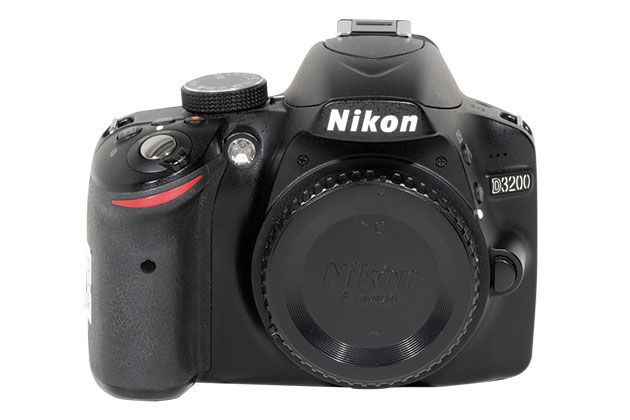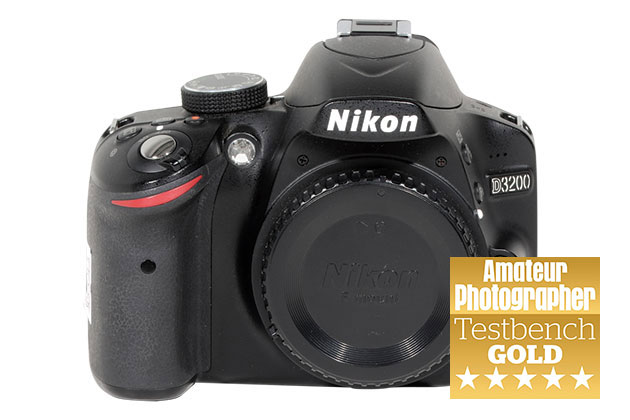
The 420-pixel RGB metering sensor and 11-point AF system were inherited from the Nikon D3100
Nikon’s entry-level DSLRs have long been popular with beginners. The D3200, which arrived in April 2012, presented significant improvements in regard to image quality. Its 24.2MP DX-format (APS-C size) sensor, with an ISO range of 100-6400 (expandable to 12,800) was far superior to the 14.2MP DX-format sensor of old. As well as offering higher resolution, improved colour depth and a wider dynamic range, it advanced in other areas. Burst speed increased to 4fps from 3fps, while the 921k-dot LCD screen, Full HD video at up to 30p and support for UHS memory cards were all reasons to choose it ahead of the outgoing Nikon D3100.
Nikon D3200 at a glance
- £129-£149 body only (via MPB.com)
- 24.2MP DX-format CMOS sensor
- ISO 100-6400 (expandable to ISO 12,800)
- 11-area AF system, Multi-CAM 1000 AF sensor module
- 3in, 921k-dot fixed screen
- 455g
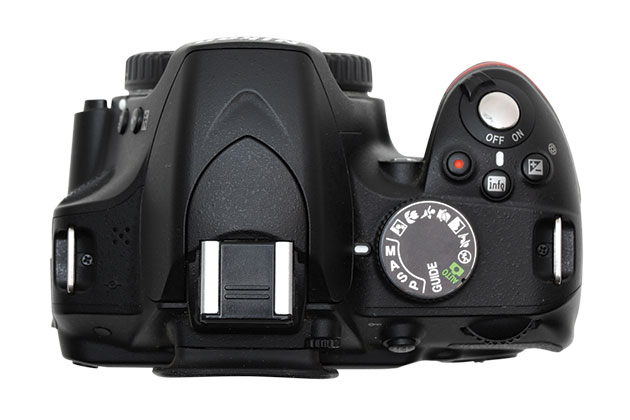
The D3200 lacks twin dials to take independent control of shutter speed and aperture in manual mode
For and against
+ Excellent beginners’ camera
+ Sturdy construction
+ 540-shot per charge battery life
– Not compatible with AF-D or AF-P type lenses
– Auto white balance veers to being a touch on the cool side
– No built-in Wi-Fi/Bluetooth connectivity
What we said
- The D3200 has a small body and a beginner-friendly layout.’
- ‘Crisp and punchy images with a wide dynamic range can be produced on a large scale thanks to the high resolution.’
- ‘The D3200 could prove popular with enthusiasts who opt to buy the camera as a lightweight back-up for their existing model.’
- ‘Most importantly, the D3200 is capable of some very impressive images.’
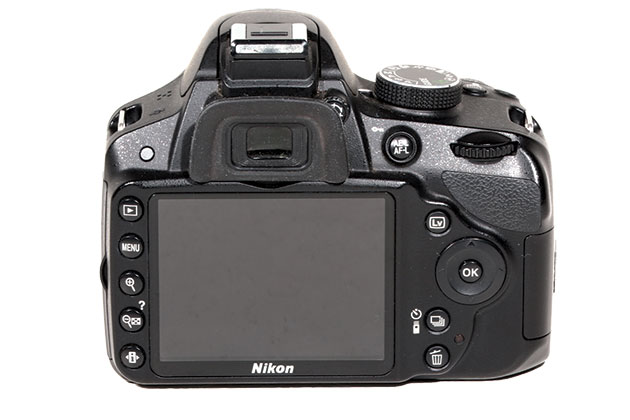
What to pay
Visit MPB.com, type in Nikon D3200, and you’ll find a large stock of used examples. Expect to pay about £129 for a D3200 in ‘good’ condition with a shutter count of around 35k. Examples deemed to be in ‘excellent’ condition fetch a little more, but those with the original packaging and a shutter count under 5k still cost less than £150. Each and every camera on MPB.com is photographed so you can inspect it closely before buying.
How it fares today
The D3200 is seven years old. In that time the D3300, D3400 and D3500 have all been released. It has the same pixel count as today’s D3500, but its ISO range doesn’t stretch to ISO 25,600, nor can it shoot a burst at 5fps. The D3200 is heavier than the D3500, and without built-in Wi-Fi connectivity it’s not easy to pair and transfer images to mobile devices unless you buy the WU-1a mobile adapter.
New alternatives
The Nikon D3500 (£314 with 18-55mm VR lens) has a near-identical feature set to the Nikon D3400 in a redesigned body that features a deeper, more comfortable handgrip and improved battery life. It is bulkier than many of its mirrorless rivals and lacks 4K video, but the built-in Guide Mode is useful for novices. If you’d like to have an articulated touchscreen, check out the Nikon D5600 instead.
What the owners think
Three Nikon D3200 users give their verdict
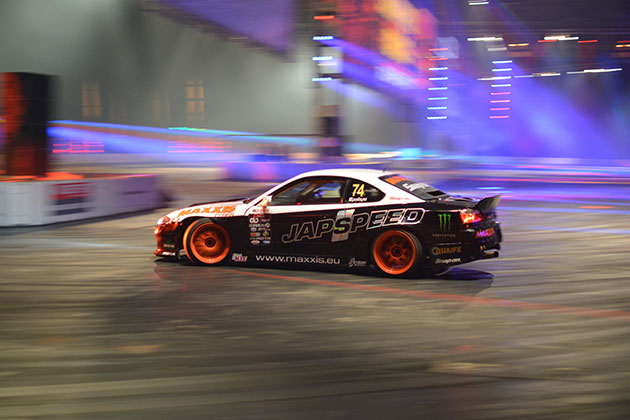
A panning shot of a drift car performing at the NEC. Nikon D3200, Nikkor AF-S 35mm f/1.8G, 1/60sec at f/1.8, ISO 800. Credit: Peter Robinson
Peter Robinson
As an amateur, I’ve found the D3200 offers a lot to a beginner. The camera is intuitive to set up, plus there is a wide variety of accessories and lenses readily available to enhance its performance and capability. The big plus point for me is its size; it’s a perfect camera for travelling as it’s not too heavy or unnecessarily bulky. The 540-shot battery allows you to fire away to your heart’s content until you’ve got the shot you wanted to achieve.
Having bought it with the standard 18-55mm kit lens, I couldn’t wait to purchase a 70-300mm telephoto lens and fast prime to see what else this camera could do. I love using my Nikkor AF-S DX 35mm f/1.8 G lens for railway photography and experimenting with the depth of field to achieve atmospheric shots. I’ve used the 70-300mm lens for capturing wildlife, motorsports and railways with various degrees of success. Attempting panning shots of fast cars on a race track or a steam engine on the mainline is always fun, but this is where I feel I’d really benefit from a camera that shoots faster than a rather pedestrian four frames per second.
If I could add anything to the camera it would be a tilting touchscreen and built-in Wi-Fi or Bluetooth, so I could transfer images wirelessly to my iPad. Overall though, I have been extremely happy with the camera and its day-to-day performance. It has helped me dip my toes into the water of photography, so much so, that I’m looking to upgrade to a newer model (possibly a Nikon D7200) and continue my adventure in this fantastic hobby.
For and against
+ Many DX-format lenses available
+ Good size for travelling
– No tilting screen
– 4fps is a little restrictive
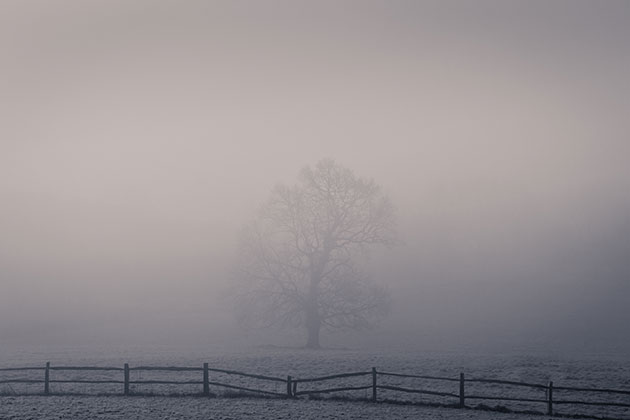
The D3200 has been a stalwart for Ben, who enjoys photographing trees and woodland. Nikon D3200, Tamron AF 70-300mm f/4-5.6 Di LD Macro, 1/400sec at f/8, ISO 200. Credit: Ben Hatwell
Ben Hatwell
I bought my D3200 in 2018 and wanted a substantial upgrade to my Nikon D60. The reviews were excellent and I have to say that this camera, when used with the right lenses, can produce truly fantastic images. I love most of the features on the camera: the lightweight body and portability factor, the quick autofocus, image colour, battery life and one of the most important aspects… image quality. Okay, it doesn’t have all of today’s modern features, such as the tilt screen, super high-resolution mode or built-in wireless connectivity, but then for such a reasonably priced DSLR, the image quality makes up for these. I love to shoot woodland and landscape photographs, and I’m proud to say that the D3200 has won me a competition for one of my images this year already. I highly recommend it to anyone thinking about buying one of these second-hand as their main body or as a backup.
For and against
+ Large-sized prints are possible
+ Portability
– Screen is fixed and doesn’t tilt
– Screen resolution is quite low
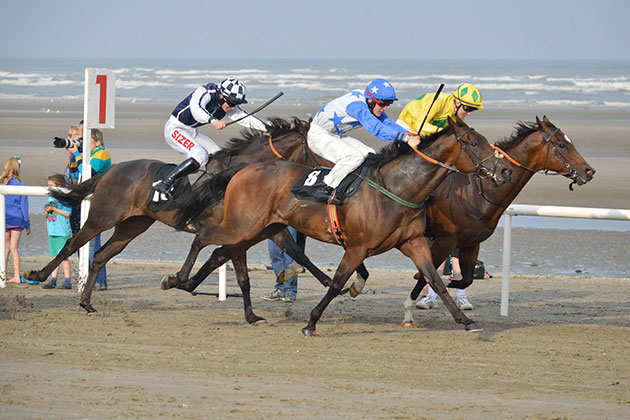
Point-to-point horse racing on the beach in Laytown, Ireland. Nikon D3200, Nikkor AF-S 70-300mm f/4.5-5.6G IF-ED VR, 1/4000sec at f/4.5, ISO 800. Credit: Cathal Gibbons
Cathal Gibbons
I bought my first DSLR in 2013 and chose the D3200 in a red finish as opposed to black. Like most people, I did my research before deciding on which model to go for. In the end it was the 24MP resolution and ISO range that swayed me. The handgrip compared to the nearest Canon at the time was better, and I preferred its weight and overall feel. Since my purchase, I have taken it everywhere, including the summit of Lugnaquilla in Wicklow, Ireland, in sub-zero temperatures where the battery performed brilliantly. It doesn’t lose charge quickly in cold conditions like a previous camera I owned. I live in Laytown on the east coast of Ireland, the only place in Europe that has point-to-point horse racing on the beach. I love using my 300mm lens with it and find it fascinating how much detail is preserved when one needs to crop.
For and against
+ Ease of access to controls
+ Price compared to new
– No Wi-Fi connectivity
– ViewNX 2 software could be made slightly easier to navigate

